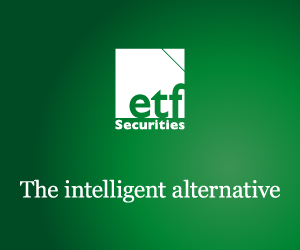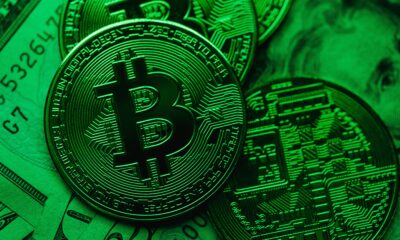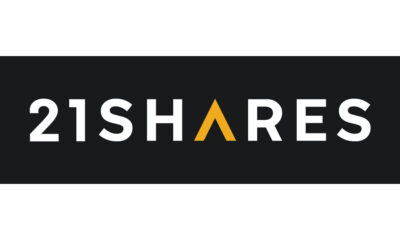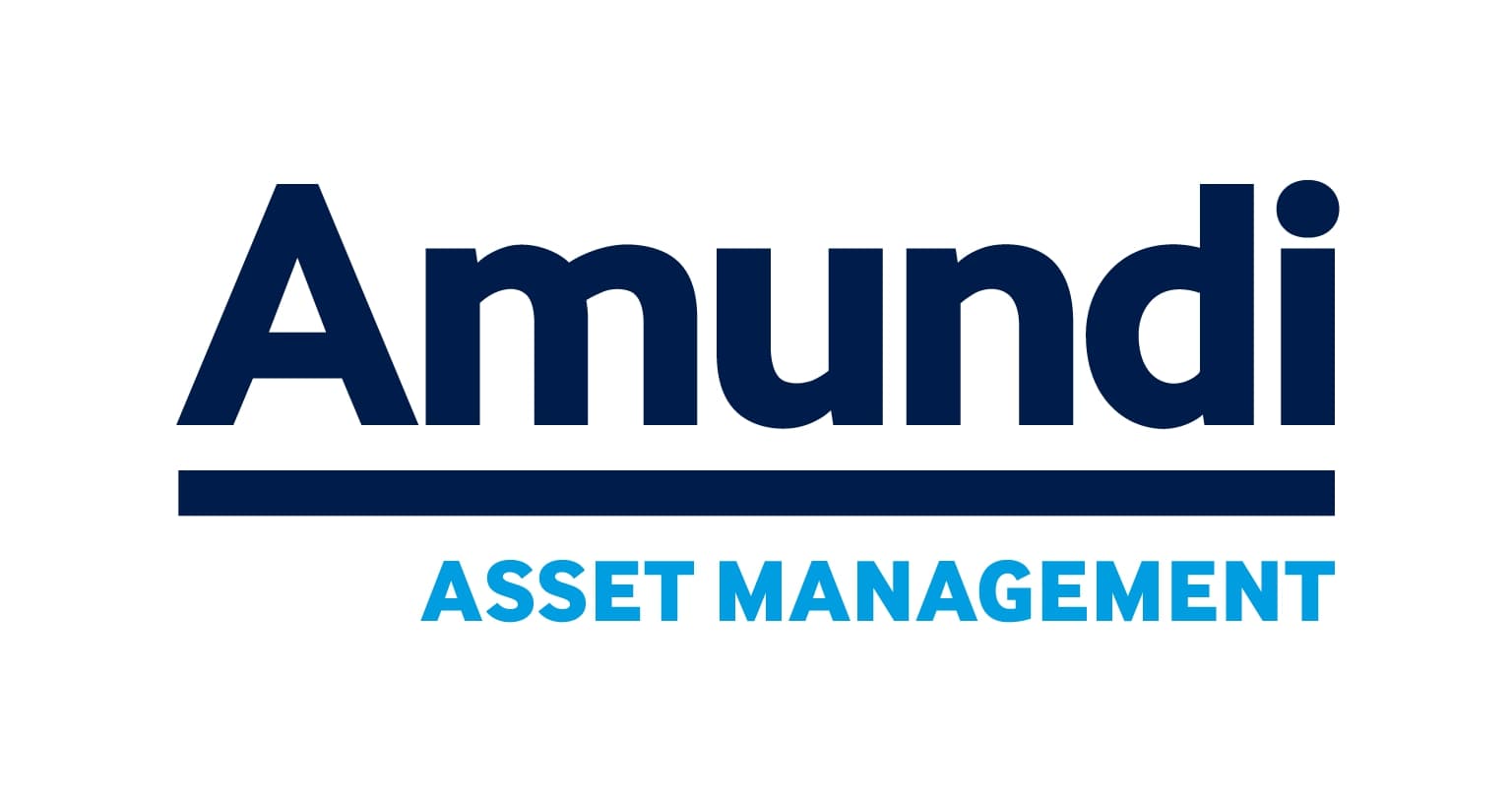Commodity ETP Weekly Price-Dips Attract Commodity Inflows
ETFS Platinum (PHPT) received its highest weekly inflow since November 2014.
ETFS Sugar (SUGA) sees its highest ever inflow.
Long oil ETPs continue to see inflows.
ETFS Corn (CORN) sees highest inflows since February 2014.
ETFS Physical Gold (PHAU) saw the highest outflows since June 2014.
The Federal Reserve Open Market Committee sent a mixed message, acknowledging the softness in prices while pointing to strength in economic expansion and jobs. US Dollar appreciated, focusing on the implications of economic strengthening on the likelihood of a rate rise. Most US Dollar priced commodities fell. The optimism in economic activity may sit at odds with the slightly disappointing GDP figures released later last week and this week’s jobs numbers could drive a reversal in Dollar strength (and hence commodity price weakness) if they prove to be disappointing.
ETFS Platinum (PHPT) received its highest weekly inflow since November 2014. US$32.8mn flowed into PHPT last week. Platinum had rallied 6.6% since the beginning of the year before last week’s 3.6% correction trimmed the gains down to 2.2%. Investors appear to be buying into price dips. Global car sales have continued to rise, supporting demand for the metal that is used in autocatalysts.
ETFS Sugar (SUGA) sees its highest ever inflow. In a week of plummeting prices, SUGA saw US$42.9mn of inflows, more than double the next highest weekly inflow into the product in 2008. Sugar prices fell on the back of rain in Brazil providing relief to stressed land. Brazil is the world’s largest producer of raw sugar. India, the second largest producer, is currently deciding on how much export subsidies to award its cash-strapped sugar industry. Some of the recent volatility in prices has been driven by speculation on the size of this subsidy.
Long oil ETPs continue to see inflows. WTI and Brent ETPs have respectively seen 18 and 7 consecutive weeks of inflows. Despite price declines over most of that period, investors appear convinced that prices will increase. We believe that supply will tighten as loss-making non-OPEC oil rigs are progressively switched off. Last week a 7% fall in rig counts in the US drove a late-week price rally. OPEC will also likely cut production in the second half of the year once the rest of the world has demonstrated their willingness to pull back.
ETFS Corn (CORN) sees highest inflows since February 2014. Bargain-hunting drove US11.0mn of inflows into CORN. Corn price fell 3.2% last week, 10.0% over the past month. With bumper production last year, many expect reduced planting this year to help stabilise the market.
ETFS Physical Gold (PHAU) saw the highest outflows since June 2014. Reversing part of the US$163.8mn inflows from the previous week, US$108.5mn of outflows last week tracked the 2.1% decline in gold price. While there was no immediate fallout from the change in Greek government, the risk of surprises in the bail-out renegotiation process could drive haven demand for gold higher in coming months.
Key events to watch this week. After last week’s disappointing US Q4 GDP figures, the market will focus on the US jobs market data this week for signs of further economic stress. A weak payrolls reading will be seen as a cue for the Federal Reserve to delay rate rises that are expected in September this year. The market is currently looking for 233,000 new jobs added in January. The Bank of England and Reserve Bank of Australia are due to have their respective policy rate meetings this week. While no rate changes are expected, commodity price weakness could tip the balance for the RBA as it had done for the Bank of Canadian two weeks ago.
Video Presentation
Nitesh Shah, Research Analyst at ETF Securities provides an analysis of last week’s performance, flow and trading activity in commodity exchange traded products and a look at the week ahead.
Important Information
This communication has been provided by ETF Securities (UK) Limited (”ETFS UK”) which is authorised and regulated by the United Kingdom Financial Conduct Authority.
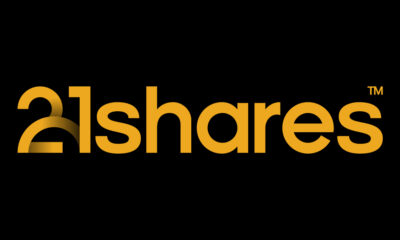
 Nyheter4 veckor sedan
Nyheter4 veckor sedan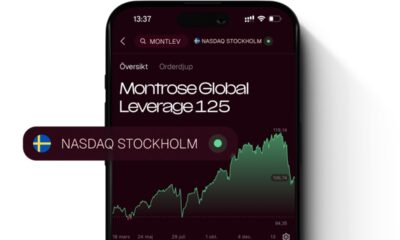
 Nyheter3 veckor sedan
Nyheter3 veckor sedan
 Nyheter3 veckor sedan
Nyheter3 veckor sedan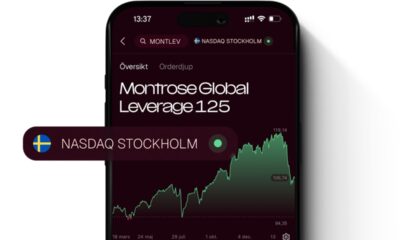
 Nyheter3 veckor sedan
Nyheter3 veckor sedan
 Nyheter3 veckor sedan
Nyheter3 veckor sedan
 Nyheter2 veckor sedan
Nyheter2 veckor sedan
 Nyheter3 veckor sedan
Nyheter3 veckor sedan
 Nyheter2 veckor sedan
Nyheter2 veckor sedan
